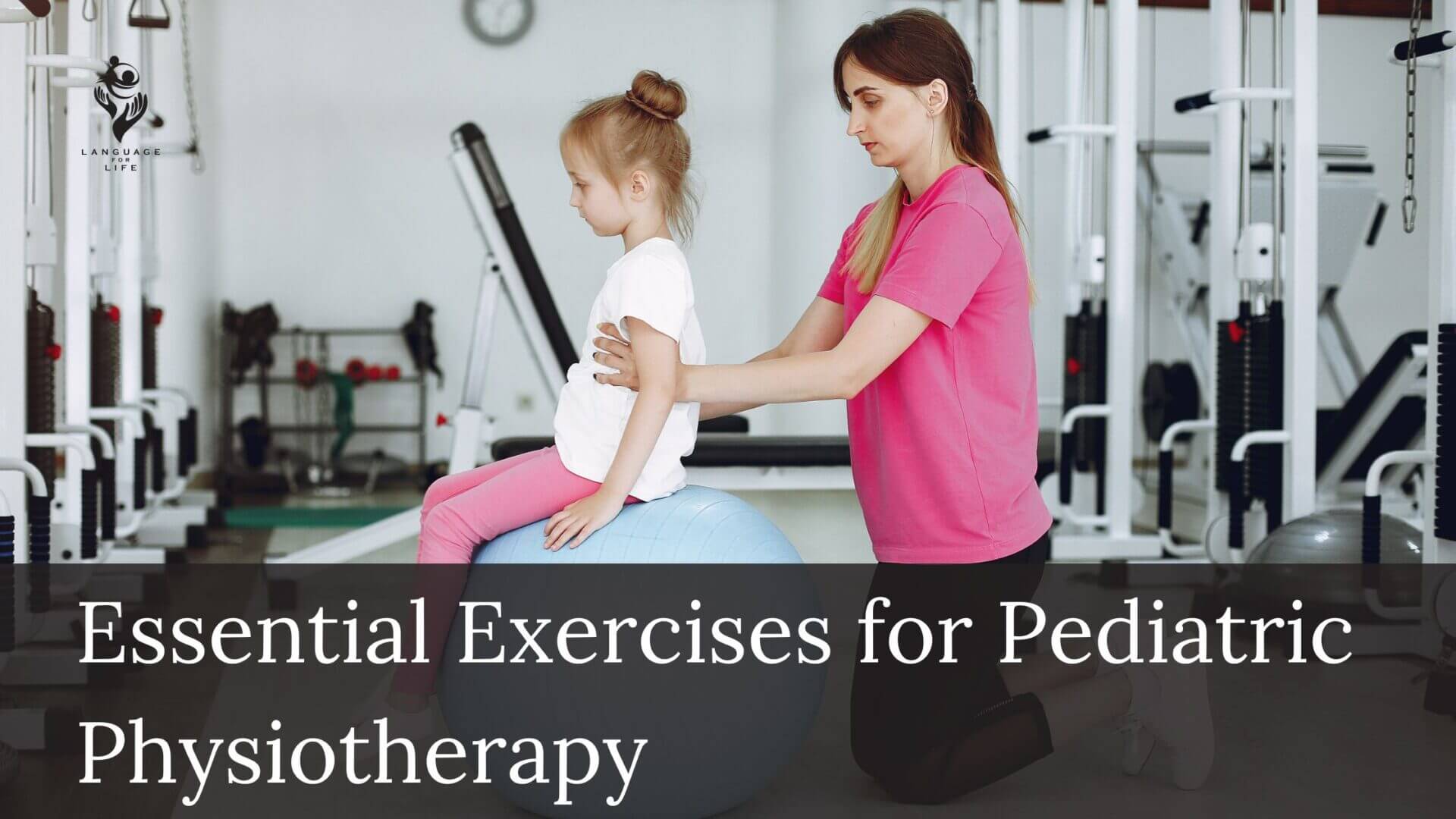Physiotherapy for children is essential to their healthy development since it cures an assortment of motor and functional issues. This blog offers parents physiotherapy guidance as well as a basic exercises direction, emphasising the value of therapeutic exercises in fostering children’s motor development.
Importance of Pediatric Physiotherapy
Promoting children’s physical development and capacity for function is the aim of paediatric physical therapy. It helps treat a variety of conditions, including delayed motor development, weak muscles, and poor coordination. Early intervention is crucial since it can significantly improve a child’s quality of life and overall development.
Essential Pediatric Physiotherapy Exercises
For babies, tummy time is crucial because it develops the muscles in their arms, shoulders, and necks. Head control is promoted and the infant is prepared for crawling when they are placed on their stomach for short bursts of time over the day, with the duration being gradually increased as the baby gains strength. Exercises involving rolling over strengthen the core and enhance coordination. Toys that are just out of reach encourage a youngster to roll from their back to their stomach and vice versa, strengthening and extending their trunk muscles.
Sitting balance exercises are crucial for developing stability and core strength. Supporting the kid in a seated position and progressively lowering assistance as they acquire confidence is crucial. This exercise can be made more interesting and productive by using a therapeutic ball. A key developmental milestone in motor skills, crawling improves coordination and spatial awareness while strengthening the arms, legs, and core muscles. The youngster is encouraged to crawl and explore when a safe and interesting environment is created for them.
Assisting a child in standing and walking activities helps develop leg strength and balance. Supporting them while they pull up to stand and take steps, using furniture or a walker for added stability, is vital for achieving independent walking. Reaching and grasping exercises improve hand-eye coordination and fine motor skills. Encouraging the child to reach for and grasp toys of various sizes and textures enhances dexterity and prepares them for more complex tasks.
Jumping exercises are excellent for building leg strength and coordination. Starting with simple jumps on the spot and gradually progressing to jumping over small obstacles is beneficial for physical development and enjoyable for children.
Physiotherapy Tips for Parents
Consistency is key to progress in pediatric physiotherapy. Integrating physiotherapy activities into the child’s daily routine ensures regular practice. Using colourful toys, games, and songs can make physiotherapy sessions interesting and encouraging. Making the exercises fun promotes involvement.
Setting realistic goals and celebrating small milestones keep the child motivated. Patience and encouragement are essential throughout the process. Consulting a pediatric physiotherapist for a personalised exercise plan tailored to the child’s specific needs ensures professional guidance. Regular assessments and adjustments to the program will ensure optimal progress.
Creating a safe environment is crucial. Ensuring the exercise area is safe and free from hazards, and using mats and cushions to prevent injuries during activities, will create a secure space for the child to practice exercises.
Benefits of Physiotherapy Exercises for Children
Physiotheraphy exercises offer numerous benefits for children, including improved muscle strength, enhanced coordination and balance, increased flexibility, boosted confidence, and better posture. Exercises help build strength in key muscle groups, supporting overall physical development. Activities that challenge balance and coordination promote better motor control. Regular stretching and movement activities improve flexibility, reducing the risk of injuries. Achieving physical milestones enhances a child’s self-esteem and confidence in their abilities. Strengthening core muscles and practicing proper alignment contribute to improved posture.
Conclusion
Exercises used in paediatric physical therapy have significance for nurturing children’s healthy motor development. Parents can assist their child’s physical development through incorporating activities like crawling, standing and walking, reaching and grasping, jumping, rolling over, and sitting balance. A safe environment, knowledgeable instruction, fun, reasonable goals, consistency, and enjoyment are all vital for the success of these activities. Children’s strength, coordination, and general functioning abilities may all be substantially enhanced with consistent practice, which will boost their quality of life.

